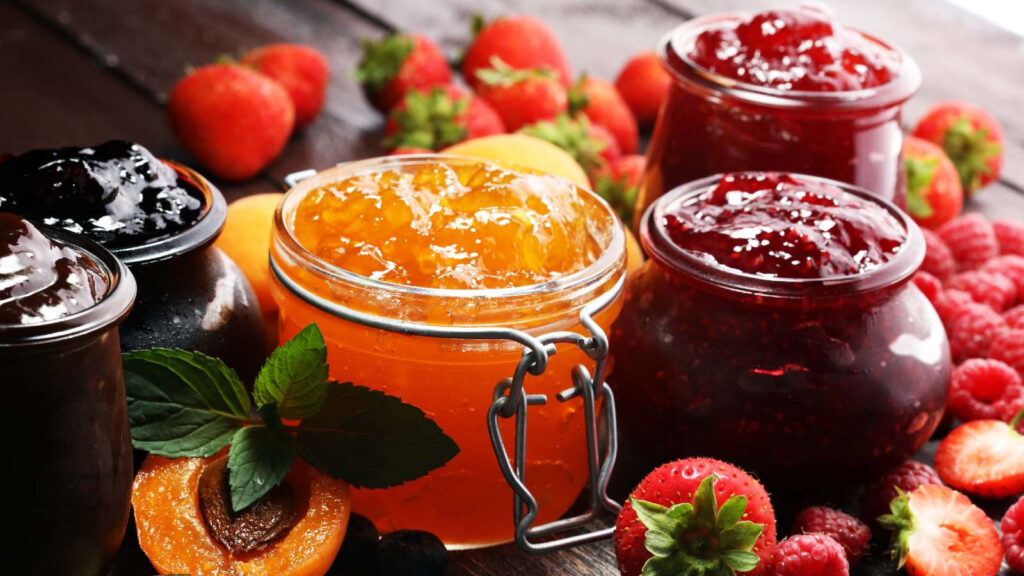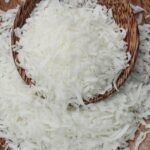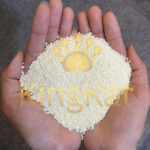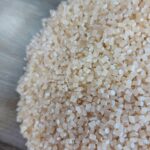CASHEW NUT SHELL OIL

In the dynamic world of food production, modified tapioca starch has emerged as a versatile and essential ingredient, particularly in the production of jams. This blog will delve into the various applications and benefits of using modified tapioca starch in jam manufacturing, highlighting its impact on texture, stability, and overall quality of the final product.

Table of Contents
Toggle1. Enhancing Jam Texture and Consistency
Modified tapioca starch is renowned for its superior thickening properties, making it an ideal choice for jam production. Unlike traditional starches, modified tapioca starch provides a smooth and consistent texture, ensuring that the jam spreads evenly without becoming too thick or too runny. This property is crucial for consumer satisfaction, as it enhances the mouthfeel and overall experience of the jam.
The consistency of the jam is vital for both home consumers and commercial manufacturers. Home consumers prefer jams that spread easily on bread without dripping or being overly sticky. For commercial producers, consistency is essential for maintaining product quality across different batches. Modified tapioca starch ensures that each jar of jam meets the high standards set by the manufacturer, leading to a loyal customer base and repeat purchases.
2. Improved Jam Stability and Shelf Life
One of the key challenges in jam production is maintaining stability over time. Modified tapioca starch helps to prevent syneresis, the process where liquid separates from the gel, which is common in jams. By inhibiting this separation, modified tapioca starch extends the shelf life of jams, ensuring they remain visually appealing and maintain their intended consistency throughout their shelf life.
Extended shelf life is particularly important for jams distributed in large quantities or exported to different regions. Retailers and distributors need assurance that the product will remain in prime condition for as long as possible. By using modified tapioca starch, producers can confidently extend the shelf life of their products, reducing waste and increasing profitability.
3. Enhanced Jam Clarity and Appearance
Clarity is a desirable attribute in many jams, especially fruit-based varieties where the vibrant colors need to be showcased. Modified tapioca starch offers excellent clarity compared to other starches, making it a preferred thickening agent for producing visually appealing jams. This clarity helps in maintaining the natural color of the fruit, making the jam more attractive to consumers.
The visual appeal of a jam is a significant factor influencing consumer choice. Jams with a clear, bright appearance tend to be more attractive on store shelves and can enhance the perception of quality. Modified tapioca starch ensures that the final product is not only delicious but also visually enticing, thereby improving marketability.
4. Versatility in Jam Processing
Modified tapioca starch is highly adaptable and can be used in various processing conditions. It withstands high temperatures and acidic environments typically found in jam production, ensuring that its thickening and stabilizing properties remain effective throughout the cooking process. This versatility makes it an invaluable ingredient for manufacturers looking to produce high-quality jams consistently.
In the industrial production of jams, processing conditions can vary significantly. Some recipes require high-temperature cooking to achieve the desired flavor and consistency, while others may involve acidic ingredients that can break down conventional starches. Modified tapioca starch retains its functional properties under these challenging conditions, making it a reliable choice for diverse jam recipes.
5. Cost-Effectiveness in Jam Production
From an economic standpoint, modified tapioca starch offers cost benefits to producers. It requires lower quantities to achieve the desired thickening effect compared to other starches, reducing overall ingredient costs. Additionally, its ability to enhance shelf life and stability minimizes waste and returns, further contributing to cost savings.
Cost-effectiveness is a critical consideration for food manufacturers operating in competitive markets. By using modified tapioca starch, producers can reduce ingredient costs without compromising on quality. The improved shelf life also means fewer products are returned or discarded due to spoilage, leading to better financial outcomes.
Conclusion
In summary, the use of modified tapioca starch in jam production brings numerous advantages, from enhancing texture and consistency to improving stability, clarity, and cost-effectiveness. Its unique properties make it an indispensable ingredient for manufacturers aiming to produce high-quality, appealing, and long-lasting jams. By incorporating modified tapioca starch, producers can meet consumer expectations and maintain a competitive edge in the market.
For more information on sourcing high-quality modified tapioca starch for your production needs, please feel free to Abimex Group.












